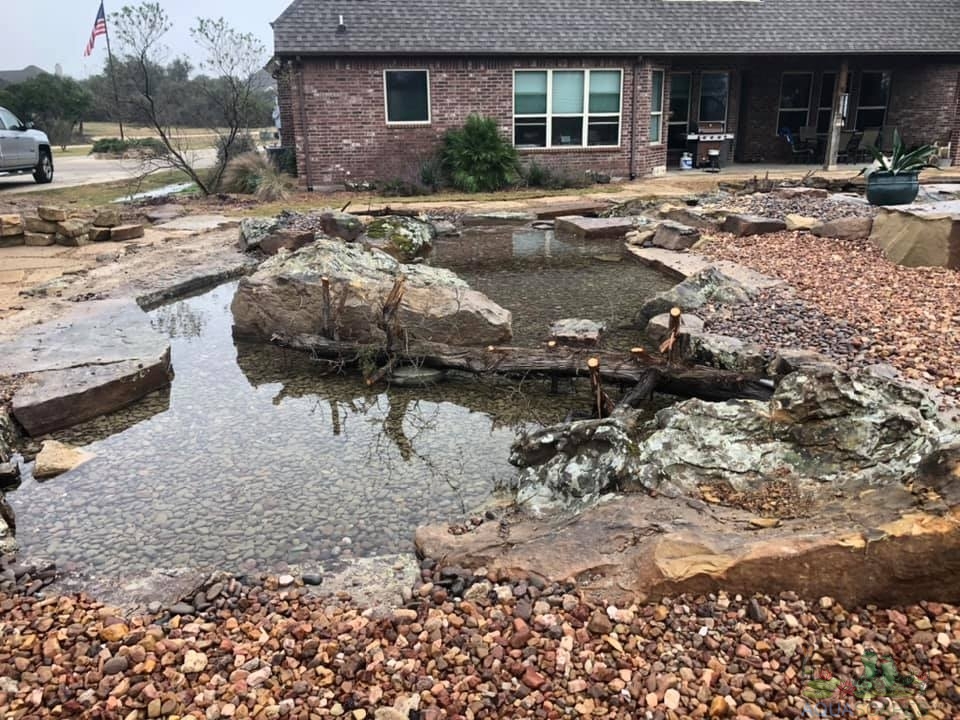Maintenance Tips and Tricks for Pond Owners: Year-Round Care for a Healthy Pond
Maintaining a pond can be a rewarding part of landscaping, providing not just a tranquil aesthetic but also a habitat for various wildlife. However, pond upkeep requires year-round attention to ensure its health and vitality. Here, we offer essential maintenance tips and tricks for pond owners to keep their water features in top condition throughout all seasons.
Spring: Awakening Your Pond
1. Spring Cleaning: Begin with a thorough cleaning. Remove any debris accumulated over the winter—dead leaves, twigs, and silt can suffocate the pond if left unchecked.
2. Water Quality Check: Test and adjust the water chemistry. Spring is the perfect time to reset the balance of your pond’s ecosystem. Look for pH, ammonia, nitrite, and nitrate levels.
3. Equipment Inspection: Check all your pond equipment—pumps, filters, lines, and lights—for any damage or wear from the winter. Clean filters thoroughly and replace any parts as needed.
4. Plant Care: Trim back dead plant material and divide overgrown aquatic plants to encourage healthy growth and prevent them from overtaking the pond.
Summer: Vigilance and Vitality
1. Algae Control: Combat algae growth by maintaining a balance of nutrient levels in the pond. Consider adding more aquatic plants that compete with algae for nutrients and provide shade.
2. Aeration: Ensure your pond has adequate aeration, especially in the heat of summer, to keep oxygen levels high and support fish health.
3. Water Level and Temperature Monitoring: Keep an eye on water levels as evaporation can occur quickly in hotter months. Top off as necessary, ideally with rainwater. Use water treatments to stabilize temperatures if they rise too high.
4. Predator Deterrence: Install protective measures such as netting or decoys to keep predators away from your fish.
Autumn: Preparing for the Cold
1. Leaf Control: Use a net over the pond to catch falling leaves and prevent them from decomposing in the water, which can lead to toxic build-up and oxygen depletion.
2. Reduce Feeding: As temperatures drop, reduce the frequency and quantity of fish feeding. Cold water slows down their metabolism, requiring less food.
3. Winterization Prep: Begin preparations for winter by checking the heater and deciding whether to keep your pond running or shut it down, based on your climate and pond setup.
Winter: Protection and Preservation
1. Ice Safety: Never allow the pond to freeze completely. Use pond heaters or aerators to keep a section of the pond ice-free to allow gas exchange and prevent fish kill.
2. Check Insulation: Ensure any exposed pipes or filtration systems are insulated against the freeze to prevent cracking and leaks.
3. Snow Removal: Lightly remove snow from the ice surface to allow light penetration and reduce the weight on any ice over the pond.
Year-Round Tips
1. Regular Monitoring: Regular checks on water quality and clarity can prevent many common pond problems from escalating.
2. Consistent Cleaning: Make skimming for debris and vacuuming sludge a part of your regular routine to keep the pond clean and reduce nutrient loads.
3. Record Keeping: Keep a log of water test results, equipment maintenance, and any issues or changes in the pond. This record can help track the pond’s health over time and make maintenance easier.
Proper maintenance of a pond varies with the seasons but requires consistent care year-round. By following these tips and tricks, pond owners can ensure their water feature remains a beautiful and healthy environment throughout the year, providing joy and tranquility to any garden or outdoor space.

